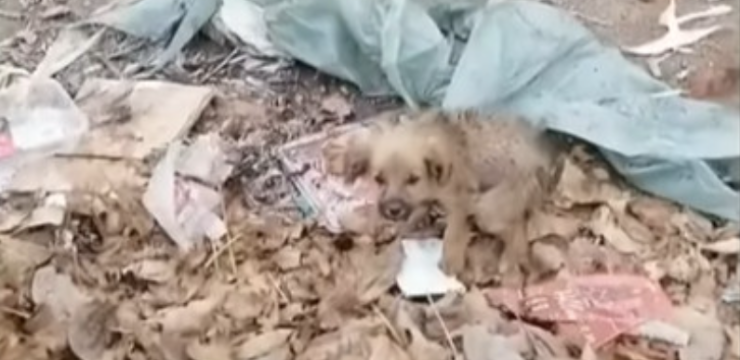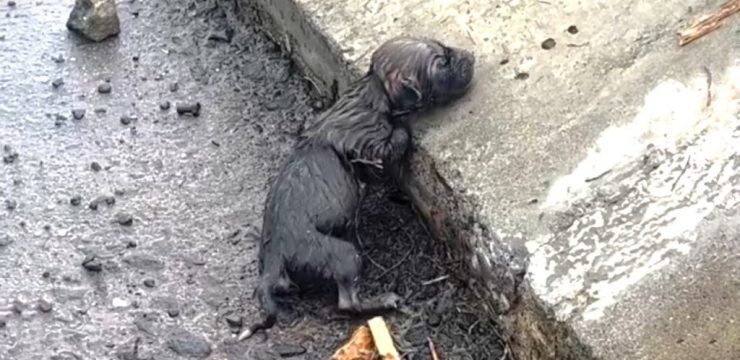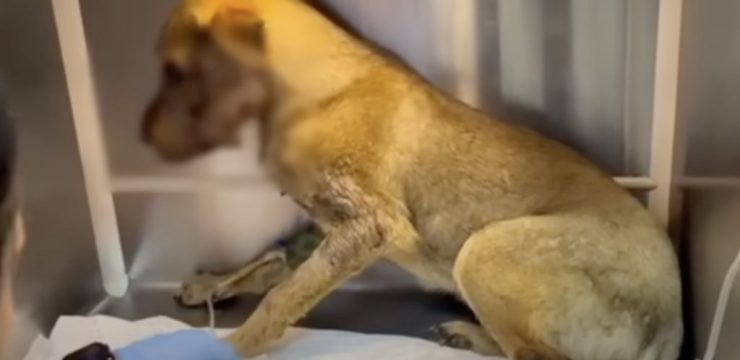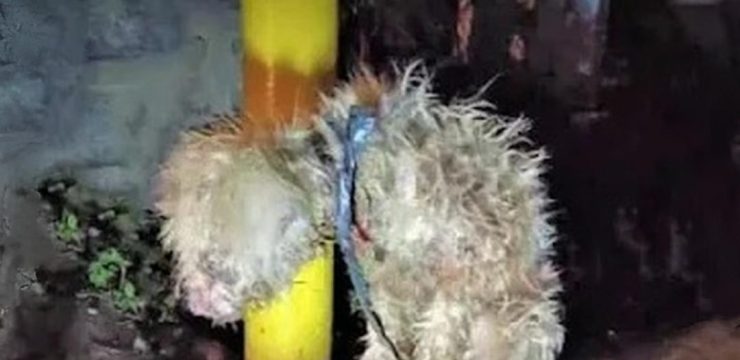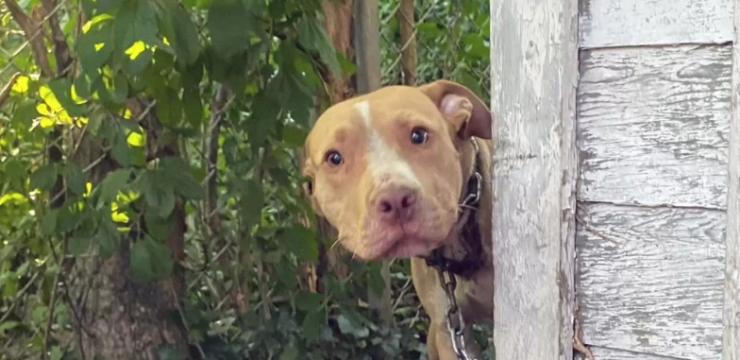On a crisp August morning in 2024, two seasoned mountaineers trekking through Wrangell-St. Elias National Park in Alaska stumbled upon a chilling scene—a collapsed shelter, scattered gear, and two sets of human remains. This discovery would finally bring closure to one of the state’s most haunting unsolved mysteries: the disappearance of Mark Jensen and his 15-year-old son, Luke, who vanished without a trace ten years earlier. For a decade, their story lingered in the minds of locals, discussed in online forums and true-crime podcasts alike. How could a father and son, both experienced outdoorsmen, simply vanish? Their truck was found parked neatly at the trailhead, a social media post marking the start of their trip, but after that—nothing. No clues. No bodies. No answers.

It began on July 14, 2014. Mark, a former fire chief turned shop teacher known for his meticulous preparation, and his son Luke, a quiet teen who preferred nature to technology, set out for a weekend fishing trip in Alaska’s wild backcountry. Before losing service, Mark texted his wife, Rachel: “No bars ahead. Love you. See you Sunday.” Luke posted an Instagram photo from the trailhead captioned, “Offgrid, catch you later.” Those would be their final messages. When they didn’t return by Sunday night, Rachel’s worry turned to panic. She reported them missing the next morning, and within hours, rescue teams were deployed. Mark’s silver Tacoma was found parked at the trailhead—keys inside, fishing rod secured—but the trail registry box was unsigned, a small but haunting detail.
Helicopters swept the area, search dogs combed through dense brush, and dozens of volunteers scoured the terrain. But Alaska’s wilderness turned hostile fast. Freezing rain and 40 mph winds erased any trace of their path. Despite an intensive search, there were no footprints, no campsite, no evidence of foul play. It was as if they had vanished into the fog. Rachel refused to leave the site, camping near the base as days turned into weeks. Eventually, authorities called off the search. Mark and Luke were declared “missing, presumed deceased.” Still, Rachel couldn’t accept it. She left Luke’s room untouched, his shoes by the door, and bought him a birthday gift every year.
The case drew widespread speculation. Some believed the pair were victims of a bear attack or had succumbed to the elements. Others spun darker theories—murder, suicide, even a staged disappearance. In 2021, a hiker discovered a blue nylon glove that matched one Rachel had bought for Luke, reigniting her hope, though tests proved inconclusive. Then, Mark’s brother found an old topographic map marked with several routes and one red circle deep within uncharted terrain. That spot had never been part of the original search grid.
By 2024, renewed attention came from a wilderness podcaster, Jonah Wells, whose viral episode “The Wrangled Disappearance: Father, Son, Silence” revived public interest. His interview with Rachel painted a picture of Mark as cautious and deliberate, not reckless. A former ranger, Walt Ridley, then contacted Rachel, mentioning a hidden cabin he had once found near Ran Ridge—close to the red circle on Mark’s map. The connection was too strong to ignore.
That August, two hikers caught in a storm accidentally veered off their path and discovered what looked like an old lean-to hidden beneath layers of moss. Inside lay remnants of a lantern, a fishing lure, and a weathered journal beside skeletal remains. DNA confirmed the impossible: it was Mark and Luke. The journal, written in Mark’s unmistakable handwriting, chronicled their final days. At first, his notes were calm and methodical—recording supplies, weather, and navigation attempts. But the entries grew desperate: “Lost the trail mid-afternoon. Luke doing okay. No panic.” Later, “Still no trail. River isn’t where it should be. Trying not to let him see I’m scared.”
Mark had rationed their food and built the shelter but later left in search of a way out. His last words: “Tell Rachel I tried everything.” His body was found half a mile away, likely after falling into a ravine. Inside the shelter, Luke’s remains were found wrapped in a blanket, his arms around himself, as if asleep. The last pages of the journal contained a different handwriting—smaller, shakier. Luke had continued writing after his father left: “Dad said he’d be back before dark. I’m hungry. Trying not to think about it.” He drew pictures of trees and a campfire. The final words, written faintly in the corner: “Mom.”
Weather records revealed a blinding snowstorm hit five days after Mark’s last entry, burying the shelter beneath a foot of snow. Rescue helicopters flew directly over the site twice, never realizing what lay hidden below. For ten long years, nature had kept its secret.
When Rachel finally visited the site, she left Luke’s childhood compass beside the remnants of the shelter—a silent farewell to the family she lost but never stopped searching for. Experts later noted that Mark’s only mistake was overconfidence in familiar terrain. He died less than a mile from a decommissioned ranger tower stocked with emergency rations.
Today, the Jensens’ story is remembered not as a tragedy, but as a testament to love and endurance. Their journey through Alaska’s unforgiving wilderness became a symbol of both nature’s indifference and humanity’s resilience. As Rachel read Luke’s final words—“Tell mom I love her”—the mountains stood silent, keeping their solemn vigil. The mystery that once haunted Alaska now rests in peace, leaving behind a powerful reminder of the bond between a father, a son, and the wilderness that held them close until the very end.
